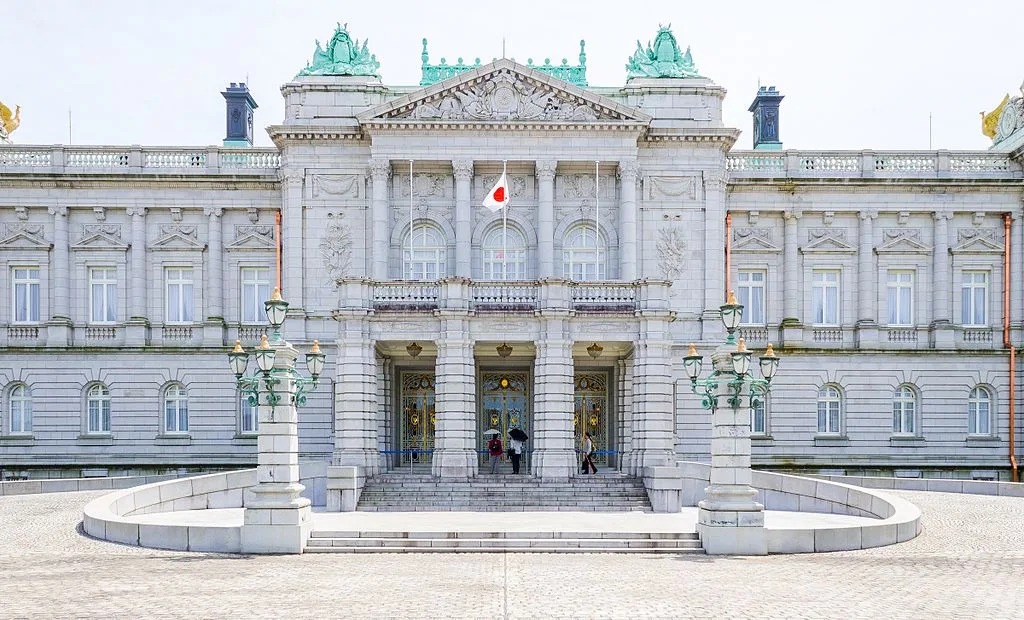Table of Contents
For centuries, Japanese Royalty has been ruling Japan. The name “land of the rising sun” is another name for Japan. It is a nation rich in customs and history. Japanese Royalty is a symbol of national unity and continuity. They hold a special place in the hearts of the Japanese people.
Today, we will discuss everything you need to know about Japanese Royalty.
History of the Japanese Royalty
The Japanese Royalty is one of the oldest monarchies in the world, with a history that spans over 1,500 years.
The Japanese imperial family is believed to have descended from the sun goddess Amaterasu, who the Shinto religion considers the most important deity in Japan’s indigenous religion.
The first emperor of Japan, Emperor Jimmu, ascended the throne in 660 BC. Since then, the imperial family has passed down the throne from generation to generation, with each emperor considered a direct descendant of the first emperor, Jimmu.
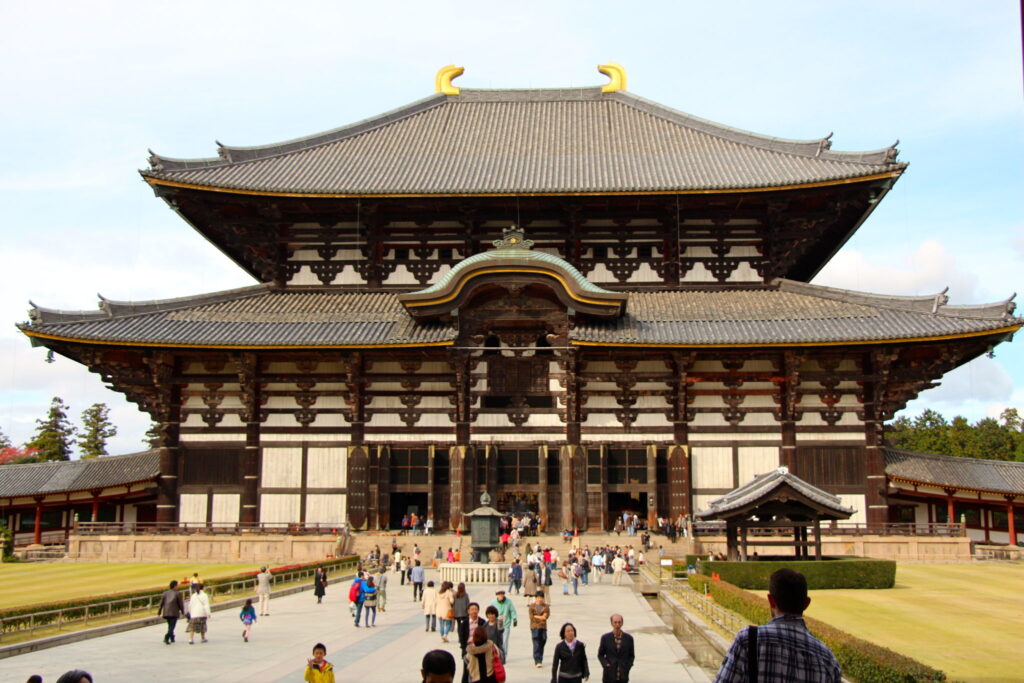
The Role of the Japanese Royalty
The role of the Japanese Royalty has evolved over time, but its primary role has always been to serve as a symbol of national unity and continuity. Since the emperor is regarded as the state’s symbol, the emperor carries out a variety of ceremonial tasks including welcoming foreign guests, opening the Diet (Japan’s parliament), and bestowing honors and medals.
In modern times, the role of the Japanese Royalty has become more symbolic than political. The Japanese Constitution, adopted after World War II, stripped the emperor of all political power and made him a ceremonial figurehead.
However, the emperor still holds a special place in Japanese culture. It is a symbol of national unity and stability.
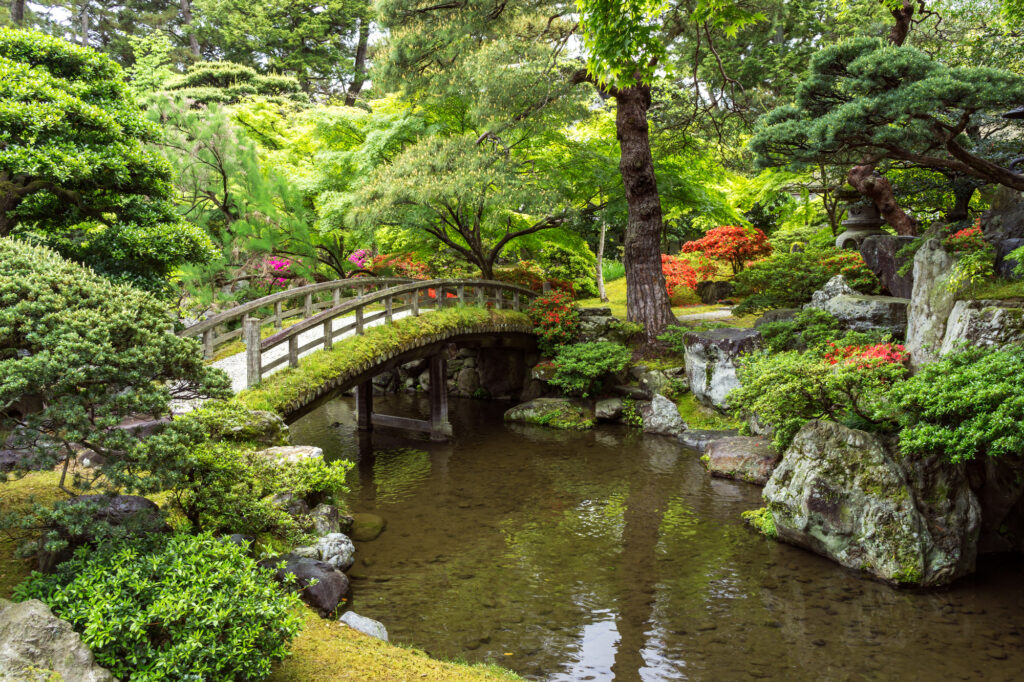
The Current Japanese Royal Family
Emperor Naruhito, is the head of the current Japanese imperial family who ascended the throne on May 1, 2019, after the abdication of his father, Emperor Akihito. He is the 126th emperor of Japan. His wife is Empress Masako.
The imperial family has two children, Princess Aiko, and Prince Hisahito. Princess Aiko is the only child of Emperor Naruhito and Empress Masako, and she is currently second in line to the throne after her father. Prince Hisahito is the son of Crown Prince Akishino, who is the younger brother of Emperor Naruhito, and he is currently third in line to the throne.
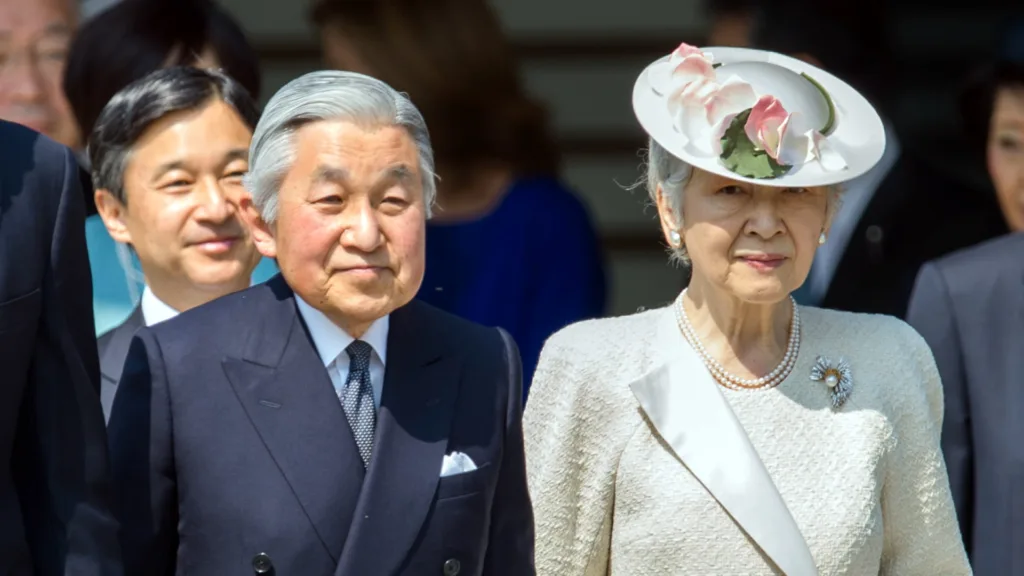
Traditions and Ceremonies of the Japanese Royalty
The Japanese Royalty has many traditions and ceremonies deeply ingrained in Japanese culture. One of the most important ceremonies is the enthronement ceremony, which takes place when a new emperor ascends the throne.
The enthronement ceremony is a highly symbolic event that involves many rituals and ceremonies. The emperor dons a conventional robe and a kanmuri, a headpiece adorned with golden chrysanthemums. He then reads a proclamation that declares his accession to the throne.
Another important tradition of Japanese Royalty is the New Year’s greeting or the “choken no-gi.” On January 1st, the emperor and other members of the imperial family greet the public from the balcony of the Imperial Palace in Tokyo.
This tradition dates back to the Meiji period (1868-1912) and is a way for the emperor to connect with the Japanese people.
The Japanese Royalty also has many other traditions and ceremonies, such as the annual “Cherry Blossom Viewing Party,“. Where the imperial family hosts a picnic under the cherry blossoms in the Imperial Palace gardens.
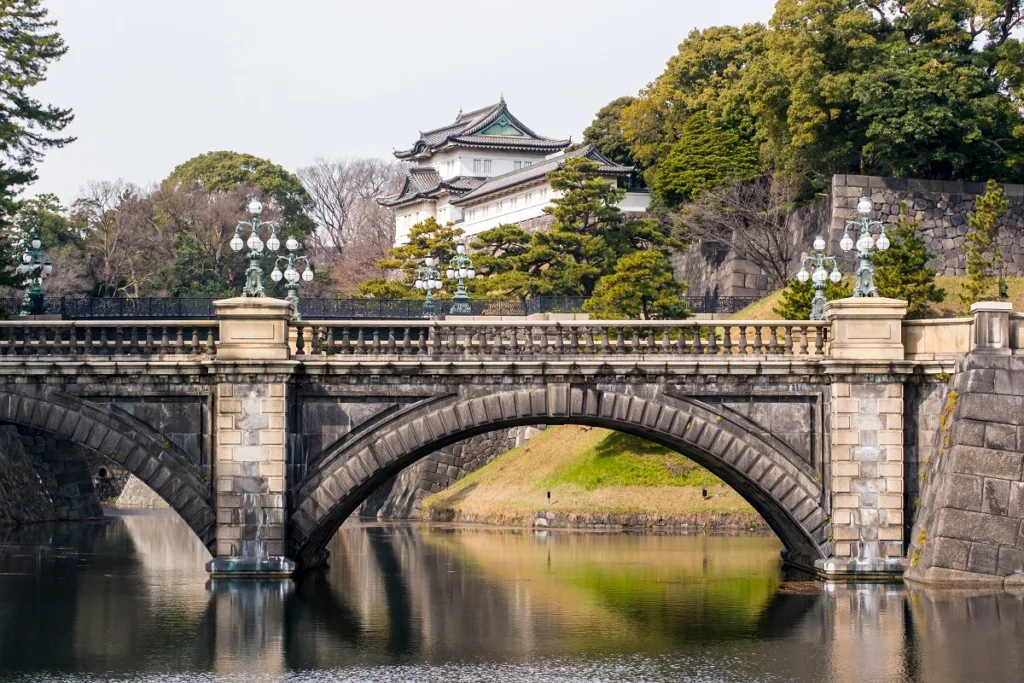
Cherished landmarks in Japan
The imperial residencies in Japan hold a special place in the country’s history and culture. These architectural marvels have served as the primary residences and centers of power for the imperial family throughout the centuries. From ancient times to the present day, these palaces and villas have witnessed the unfolding of important events and hosted traditional ceremonies. Each residency showcases intricate craftsmanship, stunning gardens, and meticulous design, reflecting the elegance and grandeur associated with Japanese Royalty. These magnificent buildings stand as enduring symbols of the imperial family’s connection to the nation and continue to be cherished landmarks in Japan.
The imperial residencies in Japan
- Imperial Palace (Kōkyo): Located in Tokyo, the Imperial Palace is the primary residence of the Emperor of Japan. It serves as the administrative center for the imperial family and is the site of important ceremonies and events.
- Tōdai-ji Temple: Situated in Nara, Tōdai-ji Temple houses the Great Buddha statue, which is a national treasure of Japan. The temple complex has strong ties to Japanese Royalty and has been patronized by emperors throughout history.
- Kyoto Imperial Palace: Situated in Kyoto, the Kyoto Imperial Palace was the residence of the Imperial family until the capital was moved to Tokyo. It remains an important symbol of Japanese Royalty and is open to the public for guided tours.
- Shugakuin Imperial Villa: Located in Kyoto, the Shugakuin Imperial Villa is a retreat for the imperial family. It consists of three separate villas and stunning gardens, offering a serene and picturesque setting for the royal family.
- Ninomaru Palace: Part of the Nijō Castle in Kyoto, the Ninomaru Palace was a residence for the Tokugawa shoguns but was later used by the imperial family during their visits to Kyoto. It showcases exquisite architecture and is designated as a UNESCO World Heritage Site.
- Akasaka Palace (State Guest House): Built in Tokyo, the Akasaka Palace serves as the official state guest house of Japan. It is used to accommodate foreign dignitaries and is also utilized for various state ceremonies hosted by the imperial family.
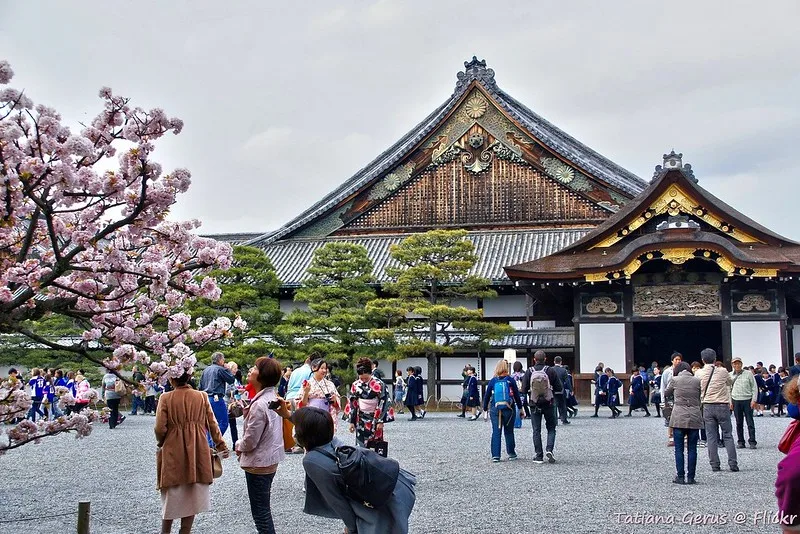
Shopping for Japanese Royalty – Must-Have Items for Fans
If you’re a fan of Japanese Royalty or simply interested in Japanese culture, there are many products and items that can help you immerse yourself in the rich history and tradition of the imperial family. Here are some must-have items for fans of the Japanese Royalty that you can purchase on Amazon:
- Traditional Kimono. A traditional Japanese outfit worn for formal events is the kimono. During traditional rituals and festivities, members of the imperial family frequently appear wearing kimonos. You can purchase a beautiful Japanese traditional kimono on Amazon and feel like a member of the imperial family yourself.
- Japanese Tea Set: Tea is the most important drink in Japanese culture and the imperial family is reputed to take joy in tea ceremonies. You can purchase a Japanese tea set on Amazon and experience the art of tea-making in the Japanese tradition.
- Calligraphy Set: calligraphy is a great art Japanese culture highly appreciates calligraphy. The imperial family really loves calligraphy. There are so many calligraphy sets available on amazon. You can buy any one of your choices and try your hand at this ancient art form.
- Japanese Fan: Japanese fans are so beautiful you can use them as decoration as well as functional fans. They represent Japanese culture and you frequently see them in traditional Japanese performances. You can purchase a Japanese fan on Amazon and feel like a member of the imperial family as you cool yourself on a hot day.
- Lacquerware: Japanese traditional tableware is known as Lacquerware they use on formal occasions. The imperial family possesses a collection of lacquerware. Many beautiful sets are available on Amazon you can purchase and experience dining like a member of the imperial family.
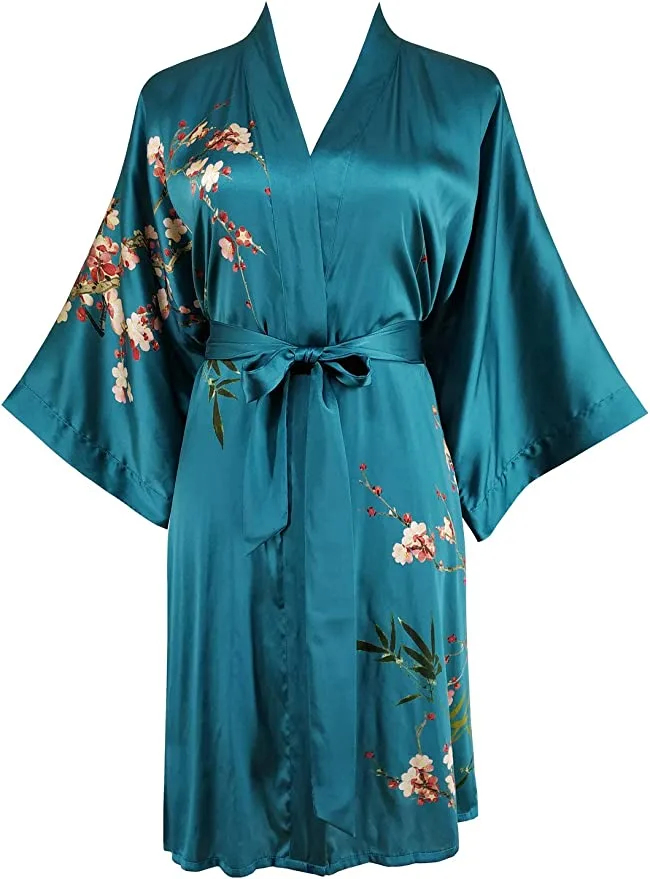
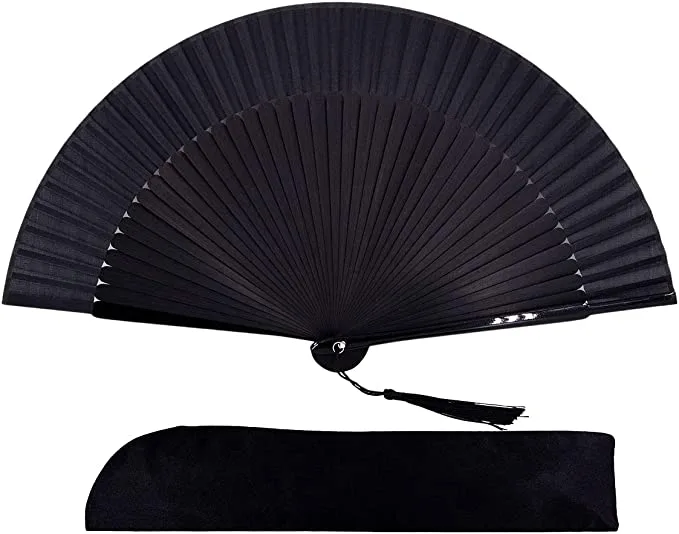
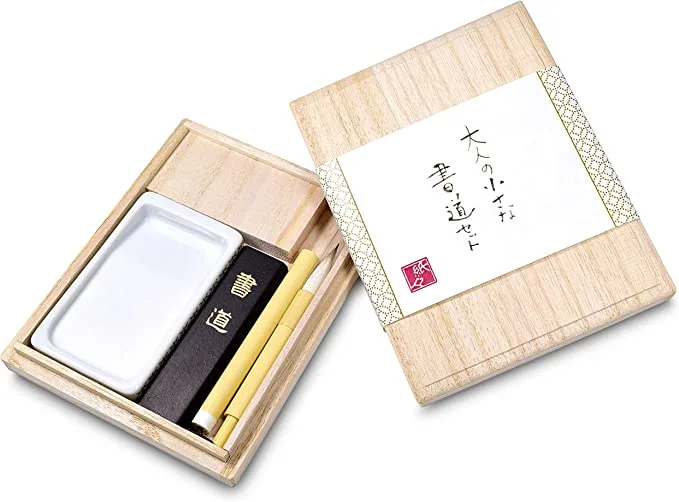
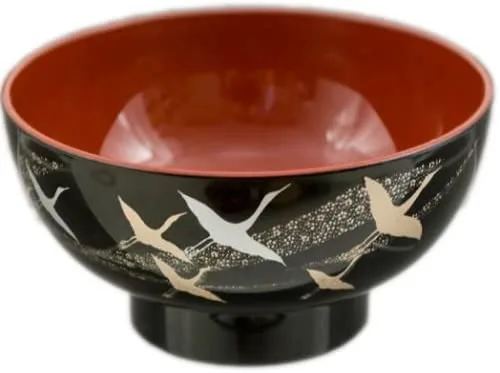
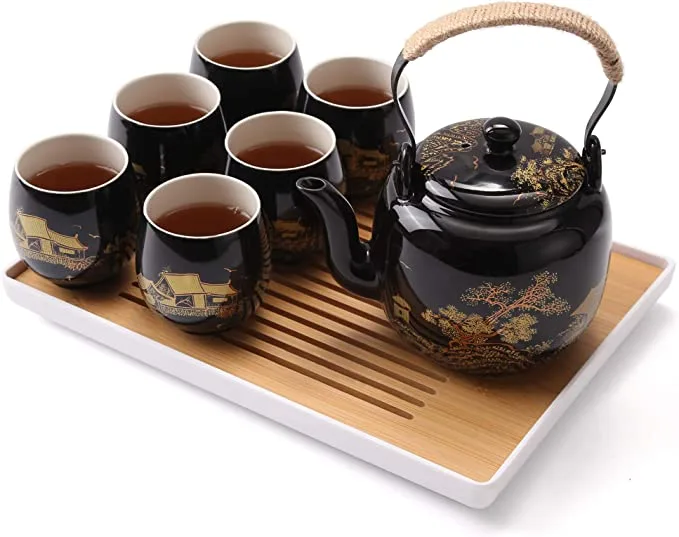
Discover the captivating world of Japanese Royalty and immerse yourself in their rich traditions and culture
In conclusion, Japanese Royalty holds a special place in the hearts of the Japanese people, and their traditions and culture have a rich history that continues to inspire and fascinate people from all around the world.
From ancient rituals and ceremonies to modern-day events and engagements. The imperial family of Japan embodies the spirit of tradition, discipline, and respect that is synonymous with Japanese culture.
With the help of this article, we hope that you have gained a deeper understanding of Japanese Royalty. Its role in shaping the history and culture of Japan. Whether you are a fan of the imperial family or simply interested in Japanese culture.
There are many ways to immerse yourself in the world of Japanese Royalty. We encourage you to explore all that this fascinating culture has to offer.
